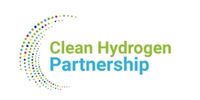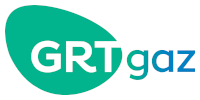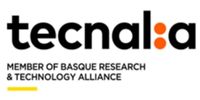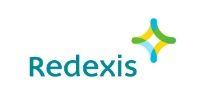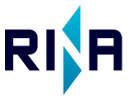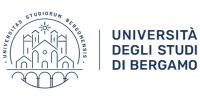CANDHy
Compatibility Assessment of Non-steel metallic Distribution gas grid materials with Hydrogen
September 2023 - August 2026
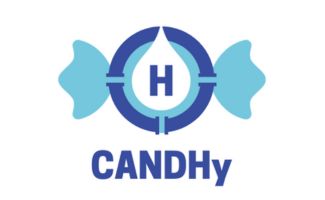
SUMMARY AND OBJECTIVES
CANDHy addresses the challenge of hydrogen distribution in existing natural gas grids by providing comprehensive and reliable scientific data on the hydrogen tolerance of various non-steel metallic materials. By conducting simultaneous tests in independent platforms and documenting the results, the project aims to enable the safe integration of hydrogen in low-pressure gas grids, ensuring the integrity and reliability of the infrastructure and validating the results, and generating pre-normative guidelines.
The initial phase of the project involves a comprehensive assessment of the prevalence of non-steel metallic materials in European distribution grids. It also focuses on establishing testing protocols to evaluate their hydrogen tolerance. This review, conducted in WP2, encompasses an examination of the European gas distribution grids, relevant standards and codes for material compatibility testing with hydrogen, as well as the phenomena and parameters influencing hydrogen embrittlement within materials.
The findings from WP2 will serve as valuable input for WP3, which aims to formulate a pre-normative testing approach. WP3 will involve designing, developing, and executing an experimental campaign to assess the behavior of the most significant non-steel metallic materials identified in CANDHy under various hydrogen concentrations. The experimental facilities of the project partners (FHa, RINA, Tecnalia and GRTgaz) will be modified to meet CANDHy's requirements. Subsequently, an extensive testing campaign will be defined for the selected materials, both new and vintage, considering hydrogen blends in natural gas up to 20 mol% and pure hydrogen. The testing samples will be prepared according to relevant standards. The campaign will involve a Round Robin test among the four R&D facilities involved in CANDHy to ensure reproducibility of results. Individual testing campaigns will also be conducted to analyze a wide range of materials.
In WP4 the experimental campaign will be validated by analyzing the obtained results. Additionally, a semi-empirical model will be developed to elucidate the mechanisms of hydrogen embrittlement in non-steel metallic materials. The ultimate objective of WP4 is to produce pre-normative guidelines, procedures, and areas of development for evaluating materials under hydrogen service conditions. The project aims to share these outcomes through an open and regularly updated database, which will facilitate the selection of materials for hydrogen gas distribution.
FOUNDATION ROLE
FHa is the project coordinator of CANDHy and it is also responsible for the leadership of WP3, where the design, development, and execution of the an experimental campaign is tackled.

